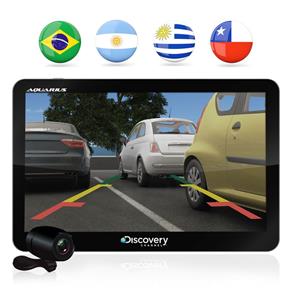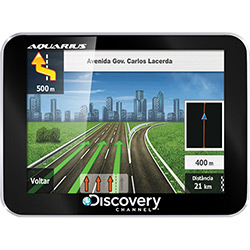

NAVIEXTRAS TOOLBOX AQUARIUS DISCOVERY CHANNE INSTALL
Magnus operated the space station's robotic arm during the three spacewalks required to install and activate the S1 truss. The main objective of Space Shuttle Atlantis' mission was the installation of the S1 truss section on the International Space Station (ISS) and consumables delivery. She flew her first space mission, STS-112, in October 2002 as a mission specialist. In 2000 she was CAPCOM for the International Space Station.

In May 1998 she was assigned to work in Russia supporting payload hardware development and testing. Her work included coordinating with the European Space Agency and the Development Agency of Japan (NASDA) and Brazil.

Following training for two years from January 1997 until May 1998, Magnus was assigned to the Payloads/Habitability branch in the Astronaut office. Magnus was selected as an astronaut candidate in 1996. Sandra Magnus, STS-119 mission specialist, exercises on the Cycle Ergometer with Vibration Isolation System (CEVIS) in the Destiny laboratory. She worked on the propulsion system for the A-12 Avenger II until the project was canceled by the Navy in 1991. Engineering career ĭuring the 1980s, Magnus worked on stealth aircraft design as an engineer for McDonnell Douglas. Research for her dissertation, entitled "An Investigation of the relationship between the thermochemistry and emission behavior of thermionic cathodes based on the BaO-Sc 2O 3-WO 3 ternary system," was supported by a fellowship from the NASA Lewis Research Center. She earned degrees in physics and electrical engineering from the University of Missouri–Rolla (now known as the Missouri University of Science and Technology) before earning a PhD in materials science and engineering from the Georgia Institute of Technology in 1996. Magnus was born and raised in Belleville, Illinois.


 0 kommentar(er)
0 kommentar(er)
